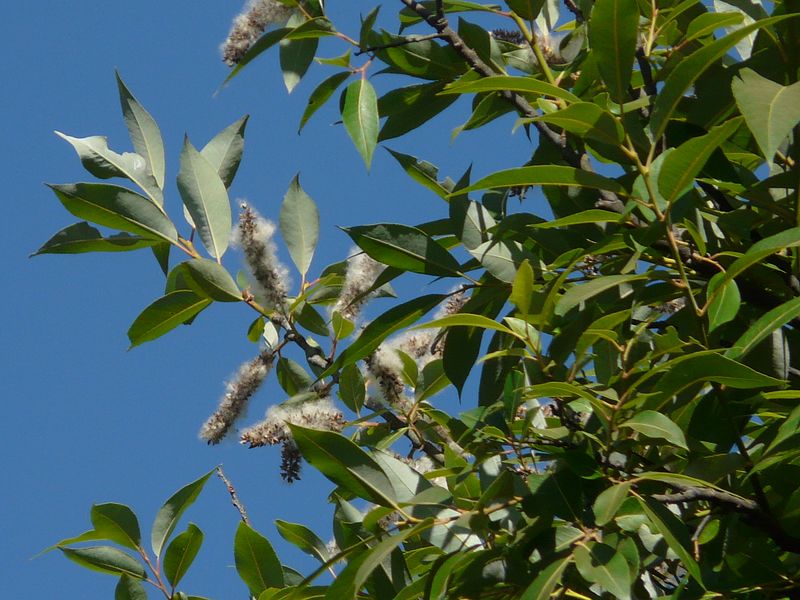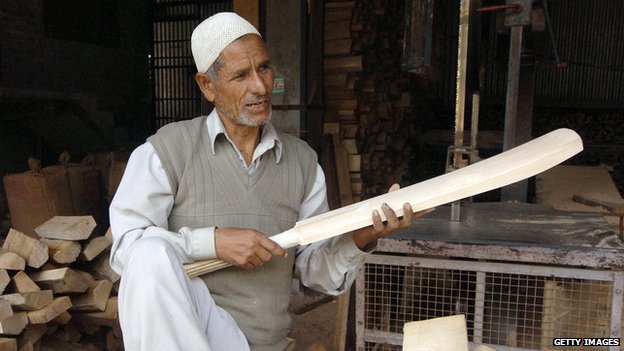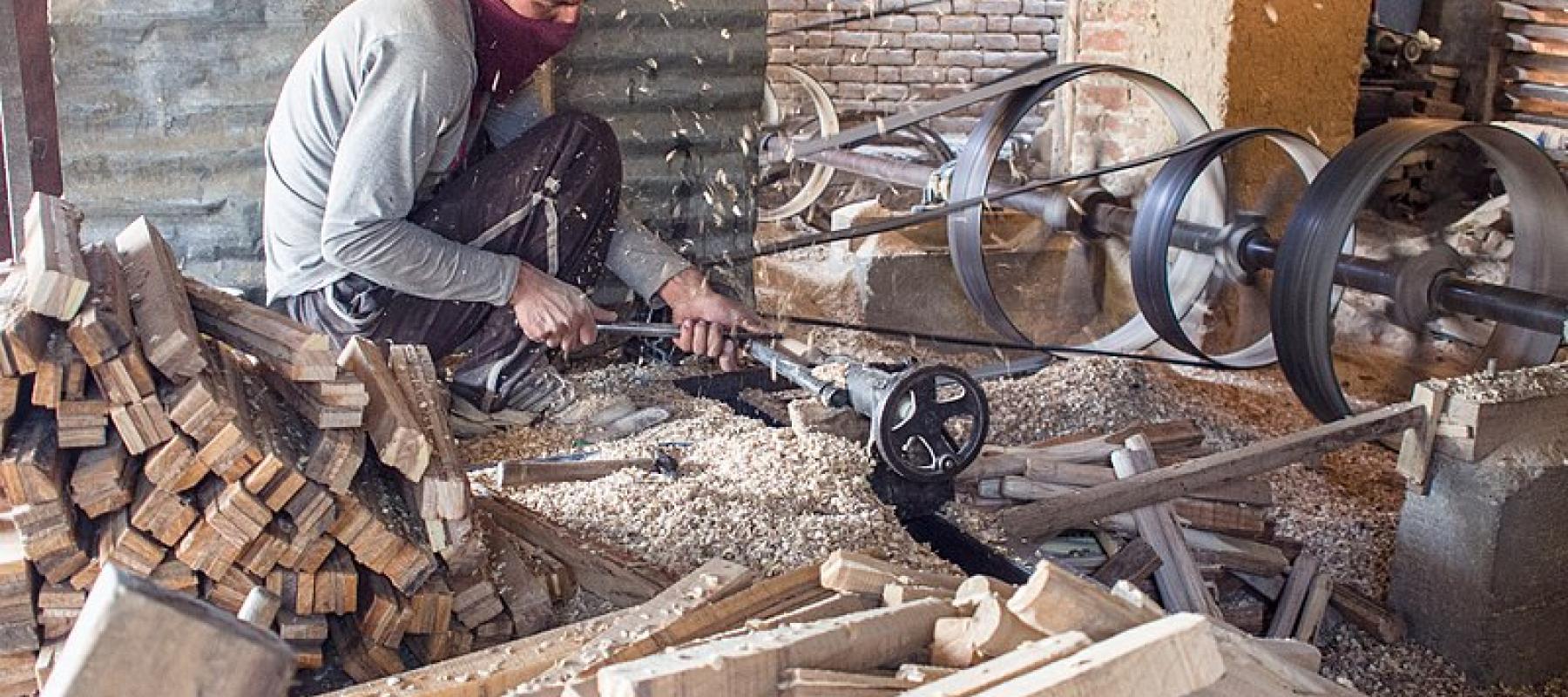Most of us must have heard of bats from Kookaburra Beast, Reebok Blast or Gray Nicholas Wyper brands. However, the bats from traditional Kashmiri willow factories is quite unheard of, for many.
Interestingly, two major places in the world, England and Kashmir, sources the willow used in the manufacturing of professional cricket bats. Willow from England (mainly from Essex area) is regarded supreme quality, whereas willow bats from Kashmir come in cheaper prices as compared to the British ones, and are comparatively heavy as its raw material is heavy. Many experts believe that Kashmiri willow bats lack the punch, while playing the shot as compared to their English counterparts and is considered ideal for beginners, but because it is cost effective, it makes a good substitute.

What is interesting is that the bark of willow trees/plants has been used as a traditional remedy for cold, fevers, and joint pains in many cultures for ages. Of the willow trees (scientific name, Salix Alba), a variety of white willow, also called cricket bat willow (variety cerulean) is used to make the cricket bats. The raw wood (without boiled) is treated with linseed oil which then serves as a protective layer. This wood is hard and withstands bumps or dent even after being hit by the ball, yet it is lightweight. British willow bats are whiter in colour, whereas the Kashmir willows are brownish in colour and the grain density of white willows is higher than Kashmir willow. Quality of the bat is higher if the grains are straighter and when there are less blemishes on the bat.

The willow tree, which are fast-growing trees up to 60-80 feet, has been a part of Kashmir’s landscape and cold climate for centuries, but a deliberate effort to plant them on a large scale started in the 19th century, as advised by Walter R. Lawrence and J.C. Macdonell, then heads of the forest department of the state. This wood was earlier used as fuel, and fodder for livestock.
Lawrence, in his book, The Valley of Kashmir (1895) wrote, “The vir, or willow, grows in every village of Kashmir where there is water or moisture, and its reproduction is very simple. There is an enormous waste of withies every year, as the young wands are cut down for fodder and after being stripped of their leaves are burnt for fuel. I have suggested that a Kashmiri should be sent to England to learn the basket industry. There is ample material in the valley to supply the whole of India with excellent baskets and chairs.”
When cricket came to India with the British, the need to manufacture bats locally increased and proved cost effective instead of importing them from England. Research conducted by the faculty of Forestry at the Sher-e-Kashmir University of Agricultural Sciences and Technology, Kashmir, showed Allah Baksh, a native of Sialkot (today in Pakistan) set up the first unit at Sangam-Halamulla to meet the increasing demands of the bats. His was the only facility at that time, and originally produced more hockey sticks than cricket bats. Originally, the wood of shahtoot trees was used before they shifted the preference to willow wood due to its quality and fame around the world. By 1980, 30 units came up in the region. The demand for bats increased after India’s World Cup win in 1983.

The blade of the cricket bat should be made solely of wood while the handle can be made primarily of cane and/or wood. It is interesting to note that Charles Richardson, the chief engineer of the Severn Railway Tunnel, discovered the current design of willow blades with a cane handle in the 1880s. The willow wood is known for its unique characteristics, especially its durability, while being light weighted makes it easy to chisel and hammer into shape. The lighter the bat, the quicker the batsman is able to manoeuvre it in the air. On the contrary, many hard-hitting and powerful batsmen tend to use heavy bats.

Other than England and Kashmir, willow trees grow in some colder regions of Europe, Australia, Canada and Russia. Besides Jammu and Kashmir, traditional bat manufacturing factories are present in Punjab, Haryana, Gujarat, Uttar Pradesh and Rajasthan, where teak and Saal wood are used, which for obvious reasons do not match the high quality of Kashmiri willow. In Kashmir, willow wood usually comes in bulk from the surrounding areas of Anantnag, Baramulla, Pahalgam, Sopore and Kupwara. These bats are sold across India, and are exported to other countries around the world as well.
Once upon a time, it was common to see stacks of willow wood piled up next to the shops and sawdust flying in the air in the warehouses. Unfortunately, today the traditional Kashmiri willow cricket bat industry is struggling to survive and has been under a severe pressure due to unrest in the valley and increased prices of raw materials and rise in the taxes.
Banner Image Credit- Wikipedia Commons

